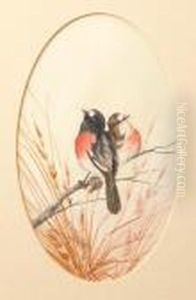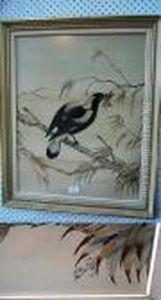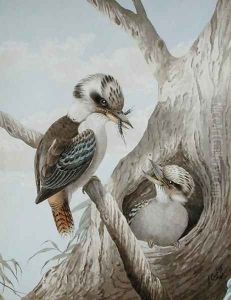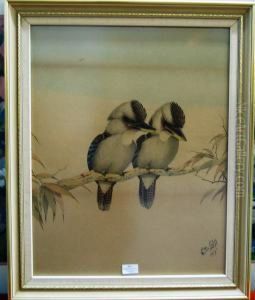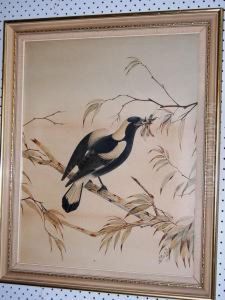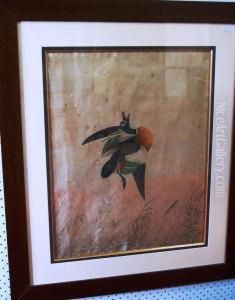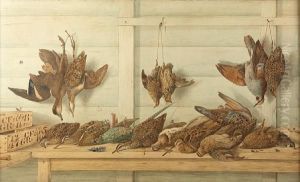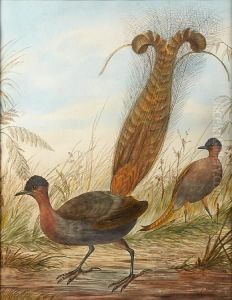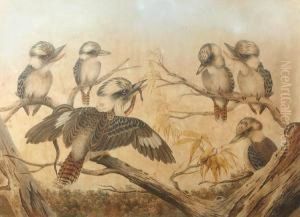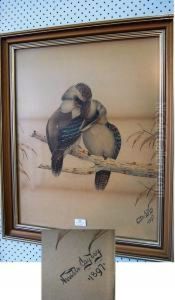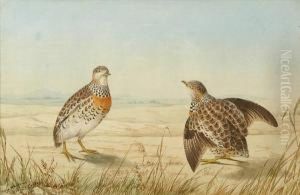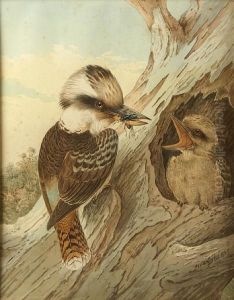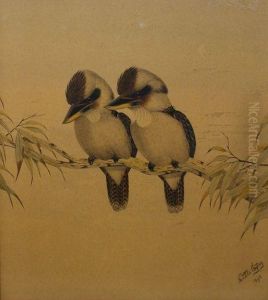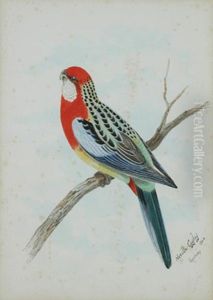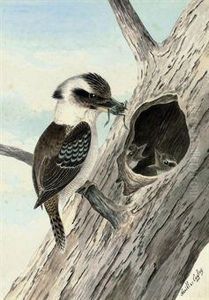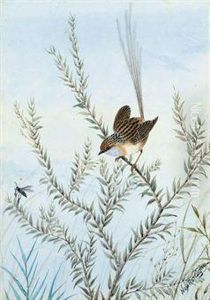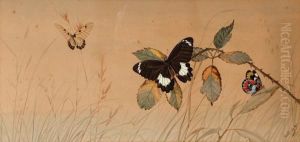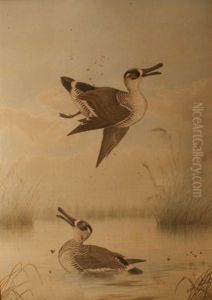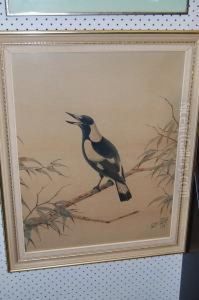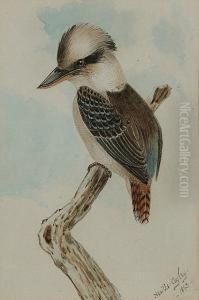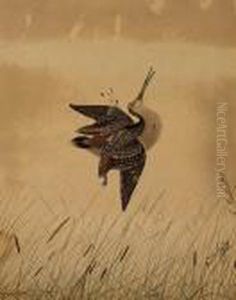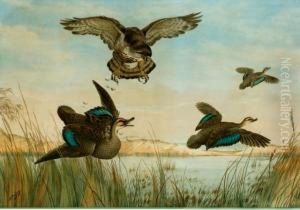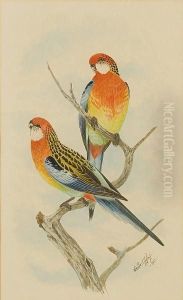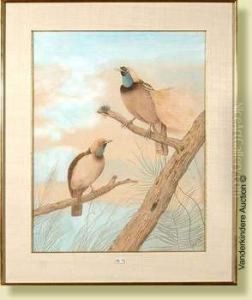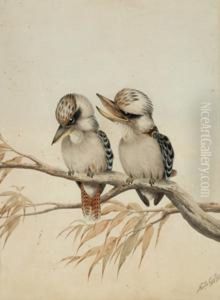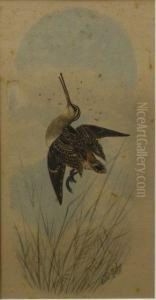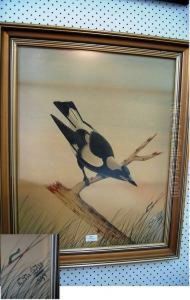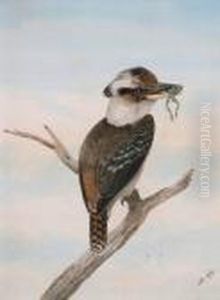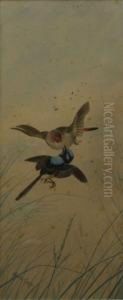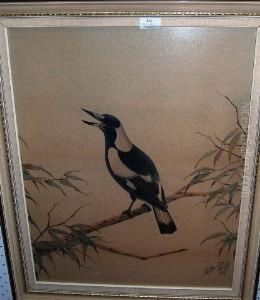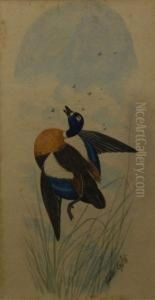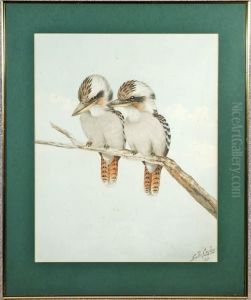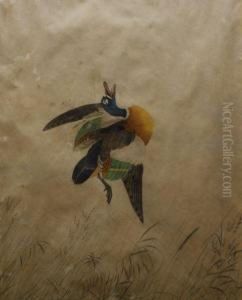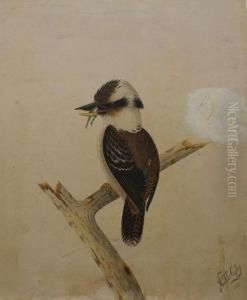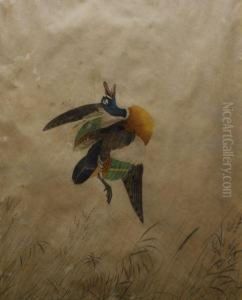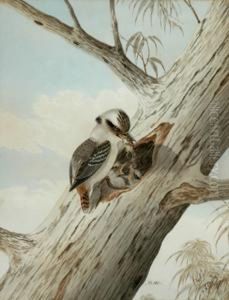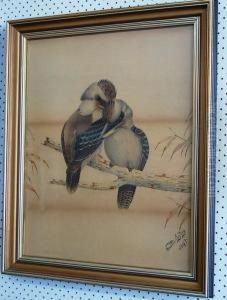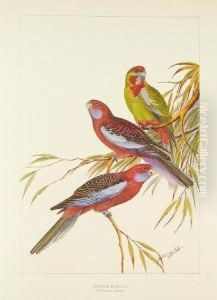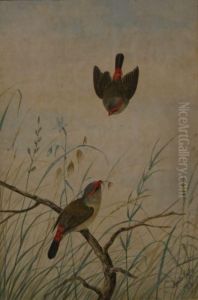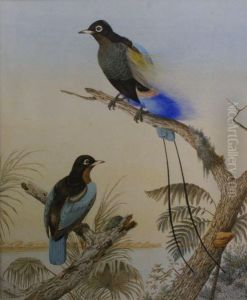Neville Henry Peniston Cayley Paintings
Neville Henry Peniston Cayley was an English-Australian ornithologist and artist known for his detailed and colorful paintings of Australian birdlife. He was born on December 7, 1853, in Norwood, England, to Neville Cayley and his wife, a family of artists and naturalists that greatly influenced his future path.
Cayley's interest in birds was apparent from an early age, and his family's migration to Australia in 1882 provided him with a vast and exotic array of avian subjects for his work. Settling in Sydney, Cayley quickly immersed himself in the study and illustration of Australian birds, which at the time were relatively unknown to science and to the public at large.
Cayley's approach to ornithological illustration combined scientific accuracy with artistic flair. He sought to portray birds in their natural habitats, capturing not only the intricacies of their plumage but also their behavior and environment. His attention to detail and his ability to render the subtleties of color were particularly admired. He contributed illustrations to various scientific publications and journals, furthering the understanding of Australian ornithology.
Despite his contributions, Cayley struggled with financial instability throughout his career. He often found it challenging to sell his artwork or secure commissions. Nonetheless, he continued to work tirelessly, driven by his passion for natural history and his desire to educate others about the beauty of Australia's bird species.
Cayley's legacy includes his son, Neville William Cayley, who followed in his father's footsteps and became a renowned ornithological artist in his own right. The elder Cayley's work laid the foundation for his son's success and helped establish the family name as synonymous with Australian bird art.
Neville Henry Peniston Cayley died on January 1, 1903, in Sydney, having left behind a body of work that would continue to be appreciated by ornithologists, art lovers, and the Australian public for generations to come. His paintings remain a valuable record of the avian biodiversity of Australia at the turn of the 20th century and are held in high esteem for their contribution to both art and science.
